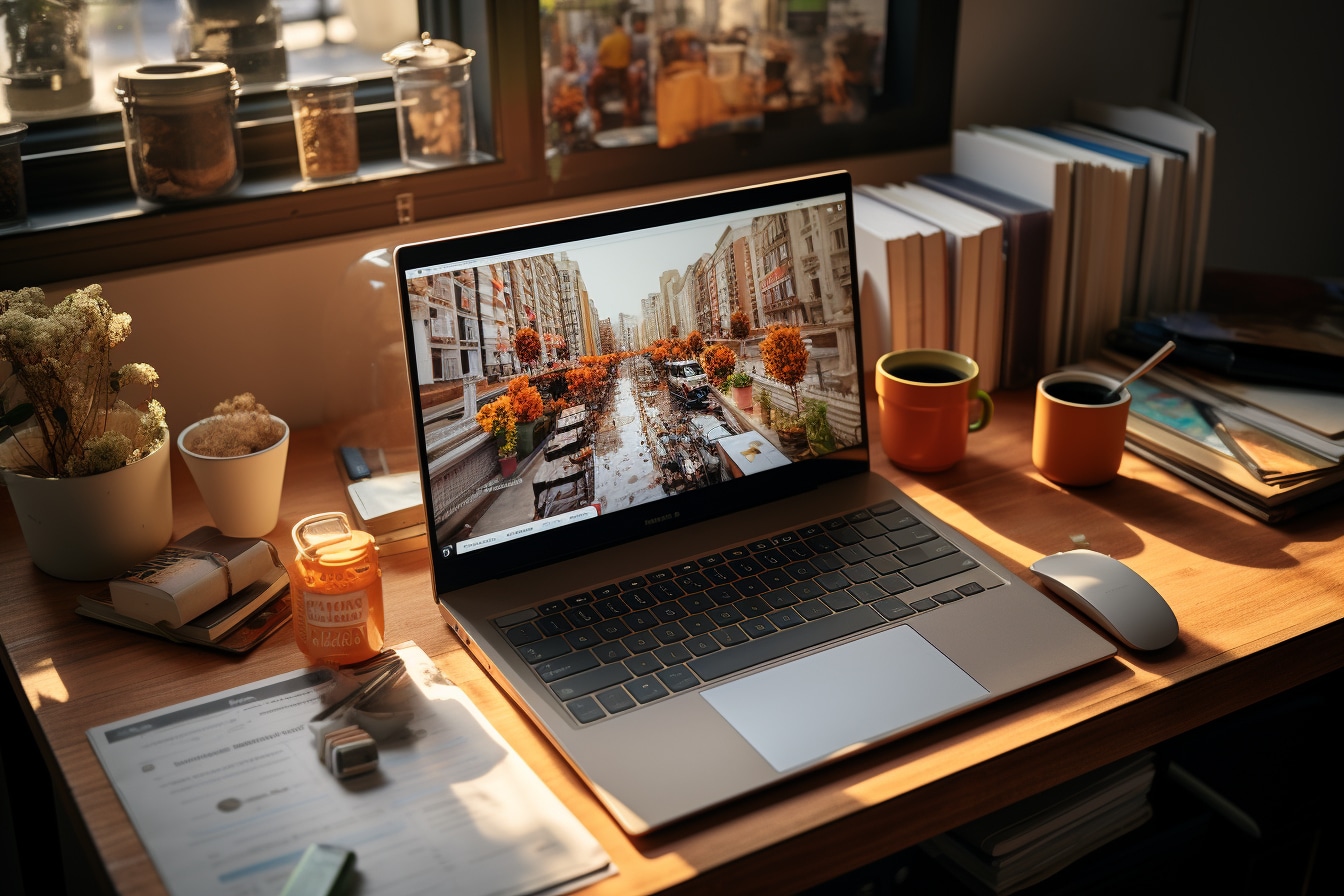If you want to improve your website, optimize it so that it ranks higher in search engine results, you need to know a bit about SEO. The same goes for your images and photos. SEO involves many elements, including image optimization. Here are eight not-to-be-missed tips for optimizing your images for SEO.
Why optimize your images for SEO?
Just as it’s important to use SEO to improve the natural referencing of your website, it’s also important not to forget the optimization of the various images (photos, illustrations) present on the site.
When you consider that over 60% of Generation Z internet users (people born between 1997 and 2010) favor image searches on Google, it becomes clear that these visuals need to be optimized. This will help increase the visibility of these images and therefore your website on search engines.
8 tips for SEO image optimization
Give your image a good title
With the Title tag, give your image a relevant title. This is not the name of your file, but the name that will be displayed when the user hovers over your image with the mouse. Choose a short title, incorporating keywords, for a better user experience.
The Title tag can be inserted in HTML code, or via your CMS.
Don’t neglect the ALT attribute
Also known as “alt text”, this is short text used to describe your image. This text is particularly useful for the visually impaired, helping them to better understand the image, but it also enables Google to know exactly what your image contains. What’s more, should the visual fail to load, the ALT attribute will be displayed instead.
This is the perfect opportunity to use keywords, if possible in a long tail. This will greatly improve your SEO. Like the Title tag, the ALT attribute is inserted in the HTML code or in your CMS.
Watch out for image size
The heavier your images, the longer your website will take to load. It’s worth noting that web users only wait a few seconds before leaving a web page if it takes too long to load. The result? A high bounce rate, and Google penalizing you.
So don’t forget to reduce the size and weight of your images, using software or websites.
Choose the right image format
The three most commonly used image formats on the web are JPEG, PNG and GIF. Depending on the visual you wish to import onto your website, it’s wiser to choose one rather than the other:
l JPEG or JPG is the “standard” format for photos on the Internet. As it can be more compressed, its quality can also be lower. Designed for visuals such as photos containing thousands of colors, it is preferable for photographs or very colorful visuals. Note that the JPG format does not manage transparency.
- The PNG format, on the other hand, is well suited to visuals featuring transparency. Use it in particular for diagrams or logos, visuals containing details. Beware, however, that its weight is often greater than JPEG images.
- The GIF format, increasingly popular for adding animation to visuals, is however the format that will allow the least detail in the image. Don’t add too much, as it’s also the heaviest of the three formats.
Rename your file
Not to be confused with the Title tag, this is the name of your file. Before importing it onto your site, remember to give it a relevant name, for example “séance-de-relaxation.jpeg” if your page is about relaxation – and the image is related too!
Think captions
Displayed below the visual, the caption allows users and Google to better interpret it. Don’t hesitate to incorporate a few useful keywords.
Choose an image consistent with your content
Don’t import a photo of kittens if the subject of your text is related to a yoga retreat. Prefer a photo of a yogi in his or her favorite yoga position, as this will help the user, as well as Google, understand what your website is about.
Create a sitemap for your images
Although this step isn’t mandatory, it’s worthwhile if you want to improve your SEO. Thanks to Google Search Console and its procedure, your images will appear more easily in search results on Google Images.
SEO optimization of images is just as important as optimization of your other content. By following these few tips, you could see an improvement in your conversion rate, a reduction in bounce rate and better user engagement.






